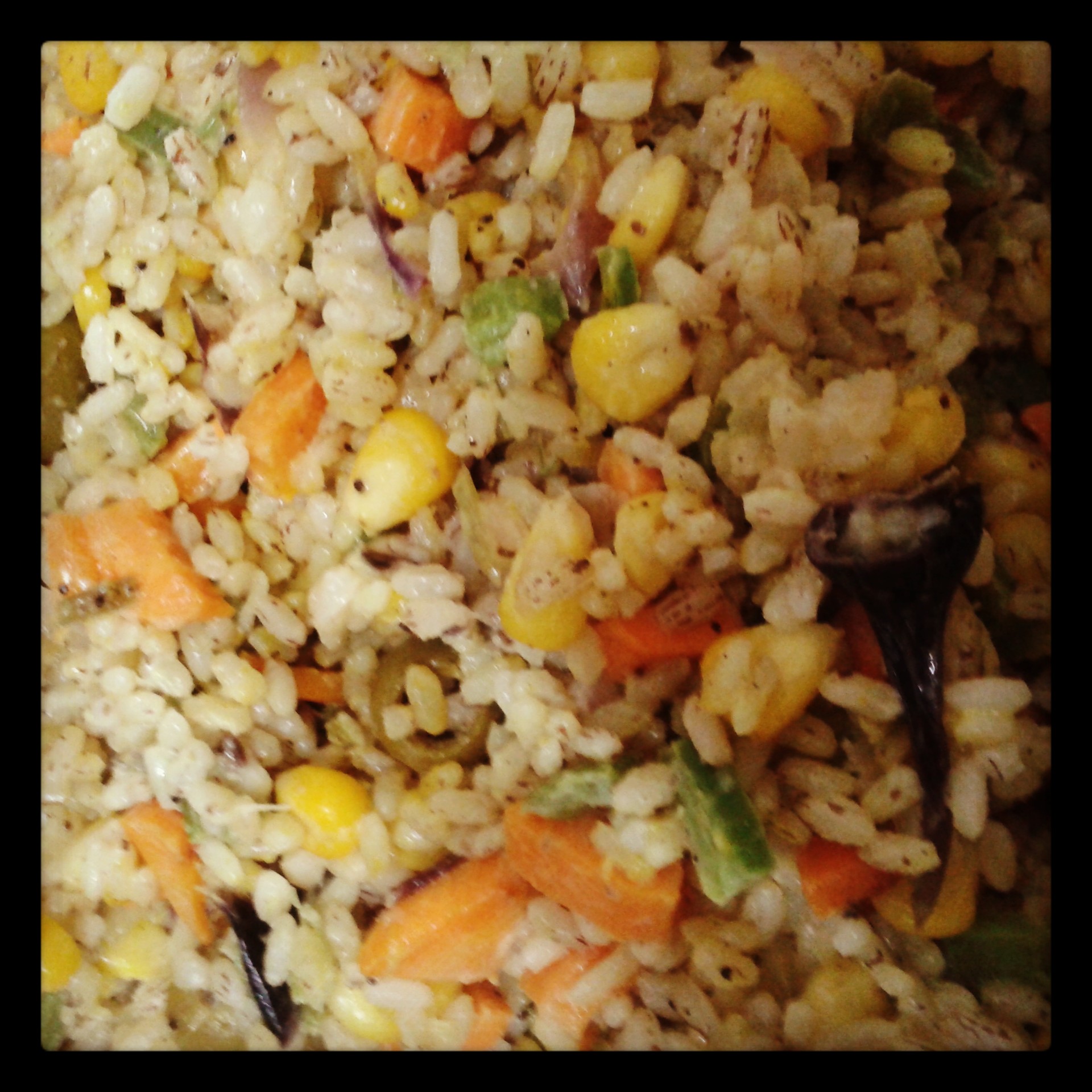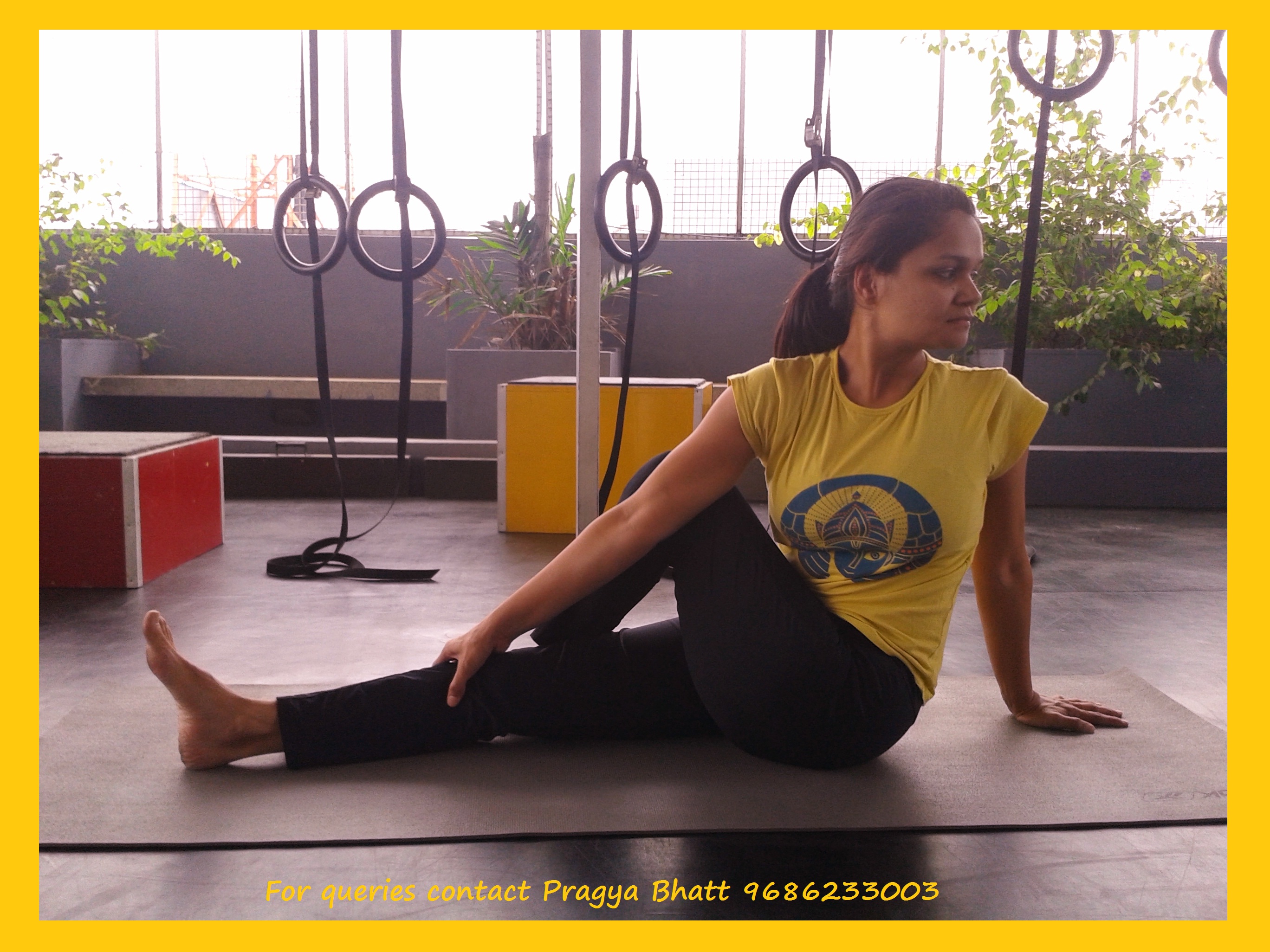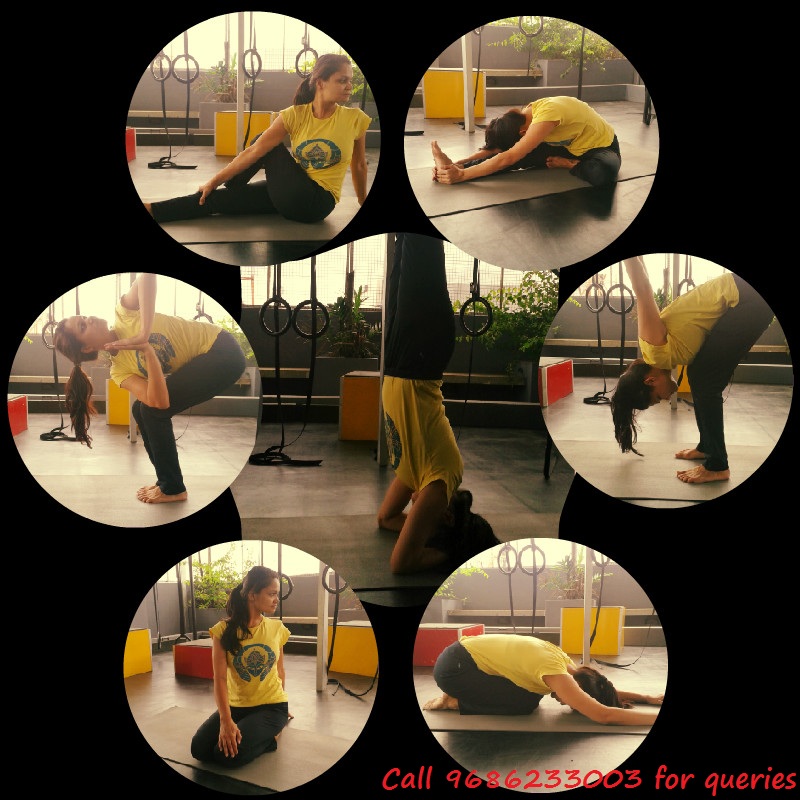Simhasana/Lion’s Pose
How To
- Sit on your heels with the toes touching (Vajrasana).
- Spread your knees apart a little bit, making sure that you can still sit comfortably.
- Lean forward and place your hands in between your knees, with the fingers pointing towards you. Make sure the hands are flat on the floor.
- Make sure that you aren’t hunched over. Your spine should be straight and shoulders should not be hunched.
- Inhale deeply and as you exhale stick your tongue out as much as you can, opening your mouth as wide as you can. Imagine trying to touch your chin with the tongue. Simultaneously look towards the centre of your forehead (Ajna Chakra) and roar like a Lion.
- Make sure that you can feel the vibrations of the roar in your throat. Also, try and get the roar to originate from your stomach.
Variations
- You can do this asana seated on a chair, placing your hands, fingers facing away from you, on your knees.
- You can also place a blanket under your knees and do this asana.
- You can sit in the Virasana while doing this pose.
Benefits
- This asana helps in preventing diseases of the throat, gums, mouth, ears and nose.
- It helps in eliminating bad breath.
- It’s great for combating asthma and bronchitis.
- Promotes clear speech (thereby helping with stuttering).
- It strengthens your voice.
- Gives your jaw bone and face greater definition.
- Removes fat around your face (double chins)
- The asana promotes strong knees, ankles, feet and legs.
- It promotes stronger lungs and diaphragm.
- Allows you to physically relax by promoting tension release in the face and shoulders.
- Helps to calm you down, reducing anger.
- Massages and stimulates the tonsils alleviating the discomfort brought about by this condition.
- Prevents wrinkles!!!!
- It gives vent to a lot of pent up emotion and fears and makes you feel lighter afterwards.
Contraindications
- If you have arthritis of the knees, a knee injury or recent surgery on the knees then do this asana seated on a chair, placing your hands, fingers facing away from you, on your knees.
- Do not practice if you have suffered a recent injury on the face, neck or tongue.
Watch the video for this here: http://www.youtube.com/watch?v=lFJCDOhynD4&feature=youtu.be.
Don’t for to ‘Like’ and leave a comment!




